|
Sometimes a hole is more than just an empty space. For a gopher tortoise, its hole or burrow is home, sanctuary, courting ground, and incubator–its very life.
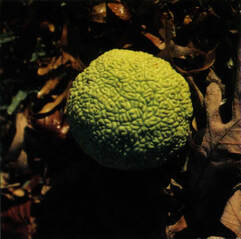 A bowdark tree and its fruit. A bowdark tree and its fruit. "What's in a name?" the Bard demands. While Shakespeare's response is accurate (and make good poetry), a creature's name should serve as a guide to its biology, a key to its basic characteristics. The bowdark tree is blessed with many names, each one adding a vital part to its story. Bowdarks are short, scraggly trees, easily overlooked in the landscape. The rather nondescript leaves--ovate to lance-shaped, three to five inches long and two to three inches wide-are borne on stout, thorny twigs. Like other members of the mulberry family (including true mulberries, figs, and breadfruit), bowdarks produce a juicy latex and a compound fruit, which is quite large. These fruits, brain-like in texture and grapefruit-sized, mature in late autumn, crashing to the ground with loud chumps. There's a hillside in Homewood, Alabama, famous for its amphibians. With the first warm, rainy night of spring, salamanders, frogs, and toads rouse themselves from their winter stupors to wriggle, squirm, and hop downhill. Humans, fascinated by this timeless, primeval event, gather below to watch.
Many people recoil (pun intended) at the mere mention of a snake, while the actual sighting of such a monster sends them scurrying for cover. Occasionally, though, the object of this terror is a perfectly innocent reptile, the eastern glass lizard.
Few Alabama plants can match the maypop, either in features or folklore. With its pronounced tropical affinities, close ties to human habitation, bizarre flower construction, and unique Christian symbolism, the species stands (or grows) alone.
Extinction is forever, as the saying goes. While this truth is undeniable, the case of Tulotoma magnifica, the Alabama live-bearing snail, directly contradicts it. Once declared extinct, then rediscovered in huge numbers, the tulotoma--our state's only federally listed endangered snail--clings tightly to life.
Sex is never simple, nor without its costs. While the high costs of sexual reproduction--attracting a mate, transferring gametes, and supporting the offspring--are obvious in animal species (including humans), the same lessons can be learned from a common Alabama woodland plant, jack-in-the-pulpit.
In his 1842 poem, Henry Wadsworth Longfellow used the chestnut tree to help define his blacksmith's qualities: "Under the spreading chestnut tree/The village smithy stands." Little did the poet know that in less than a century both blacksmiths and the chestnuts that spread protectively over them would be close to extinction.
Butterflies are the stuff that myths are made of. With their flashing colors, elusive flight, and amazing life history, butterflies have long held a treasured place in human lives, considered by some to be messengers from the gods and symbols
for the immortal soul. In April 1962, two biologist seining Turkey Creek near the Birmingham suburb of Pinson noticed some odd-looking fish in their samples. Over the next thirty years, other scientists visited the area to collect more specimens and were likewise puzzled by their finds. In 1992 the vermilion darter was formally (and finally!) described in the Bulletin of the Alabama Museum of Natural History by University of Alabama professors Herb Boschung and Rick Mayden and given its scientific name, Etheostoma chermocki. The latter commemorates Ralph L. Chermock (1918-77), long-time professor of biology who founded the University of Alabama lchthyological Collection.
|
About the authorLarry Davenport holds a Ph.D. in biology from the University of Alabama. He is a professor of Biological and Environmental Sciences at Samford University in Birmingham, where he teaches courses on general botany, plant taxonomy, and wetlands. In 2007, he was named Alabama Professor of the Year by the Carnegie Foundation for the Advancement of Teaching. Dr. Davenport has contributed his Nature Journal column to Alabama Heritage since 1993. This column inspired his award-winning book Nature Journal (University of Alabama Press, 2010). Archives
January 1997
Categories |
|
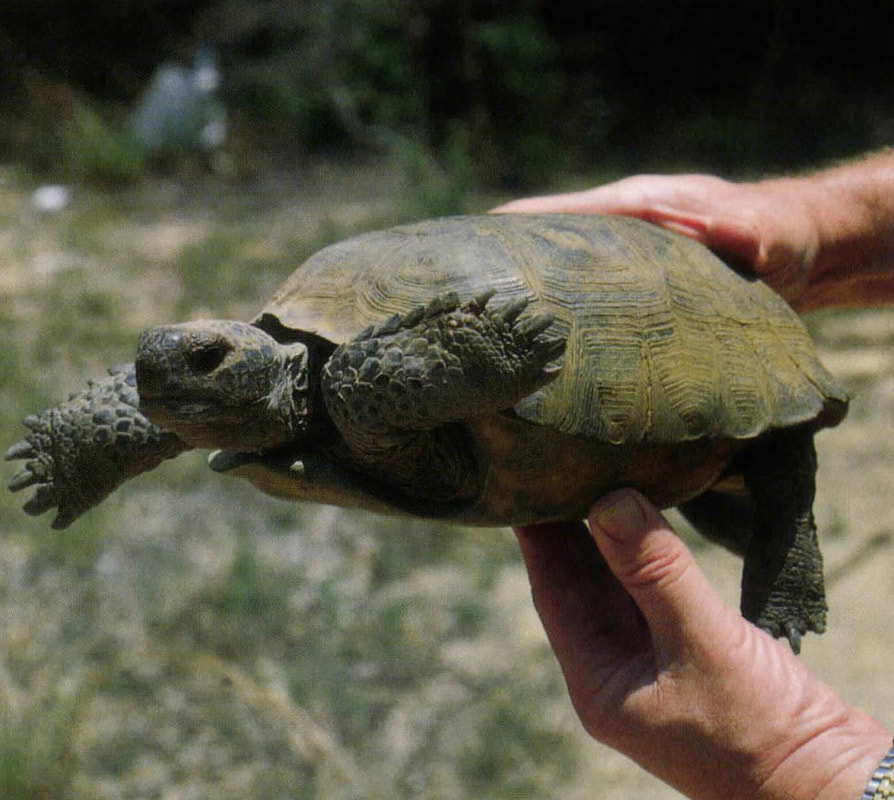
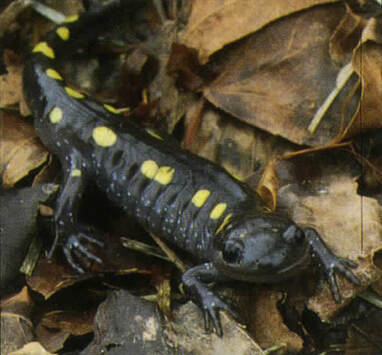
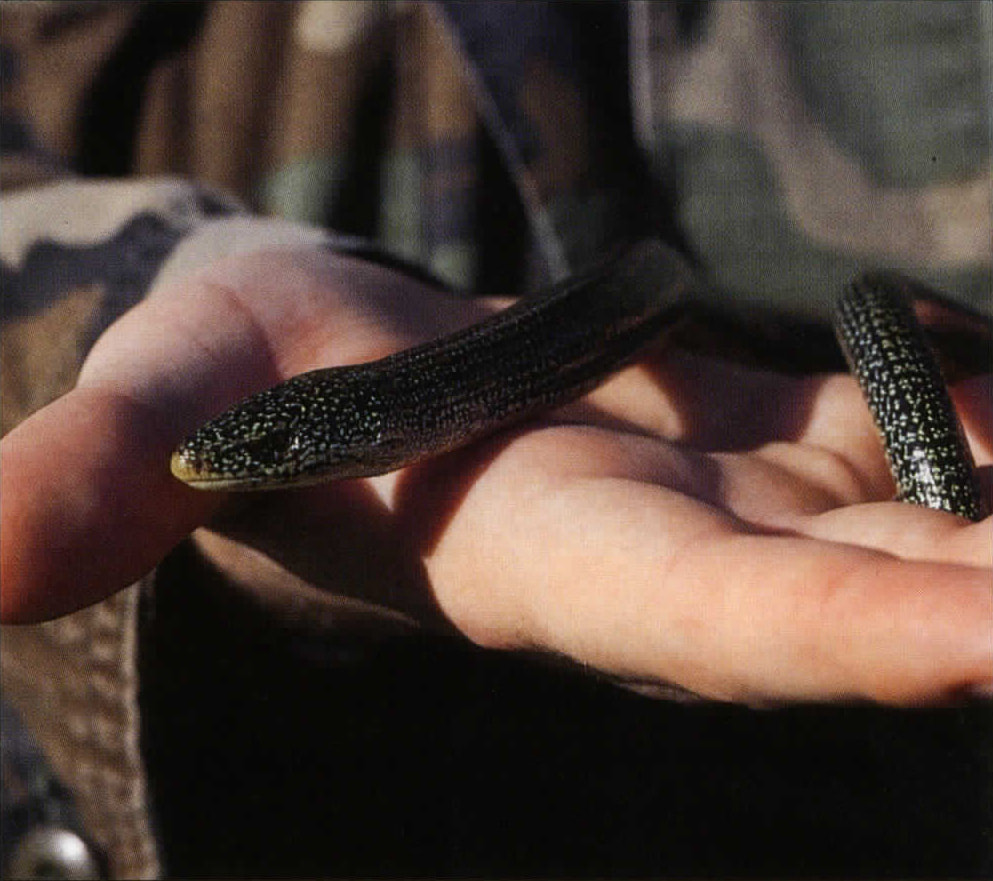
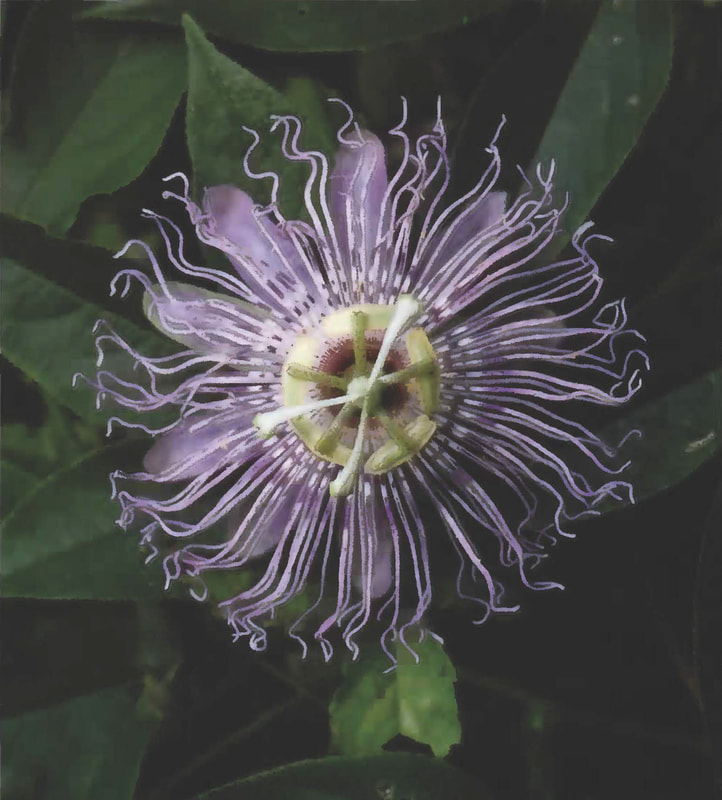
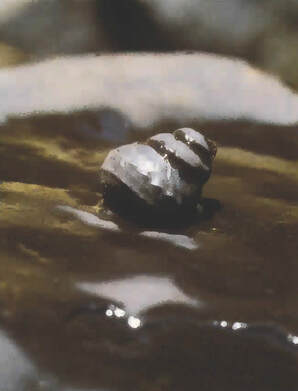
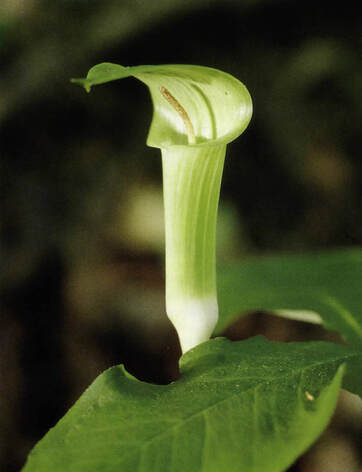
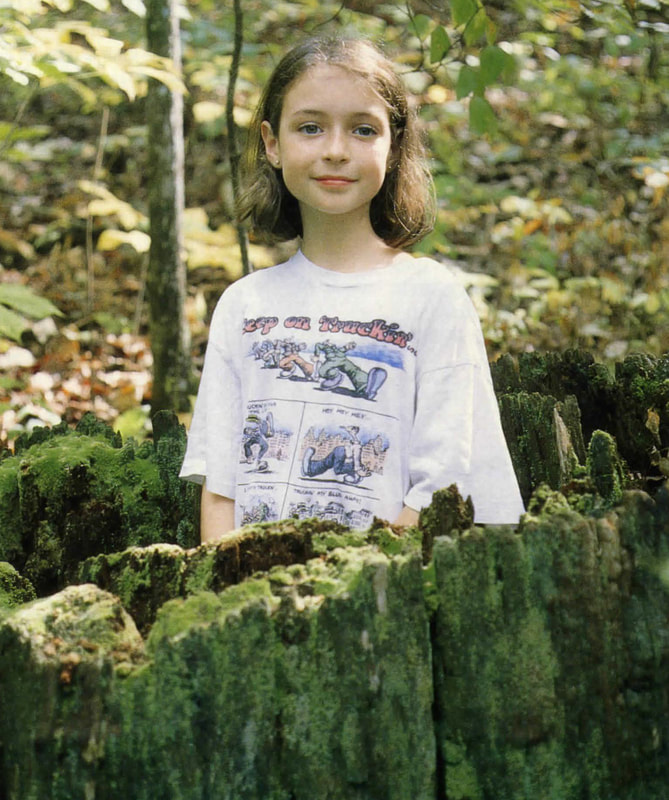
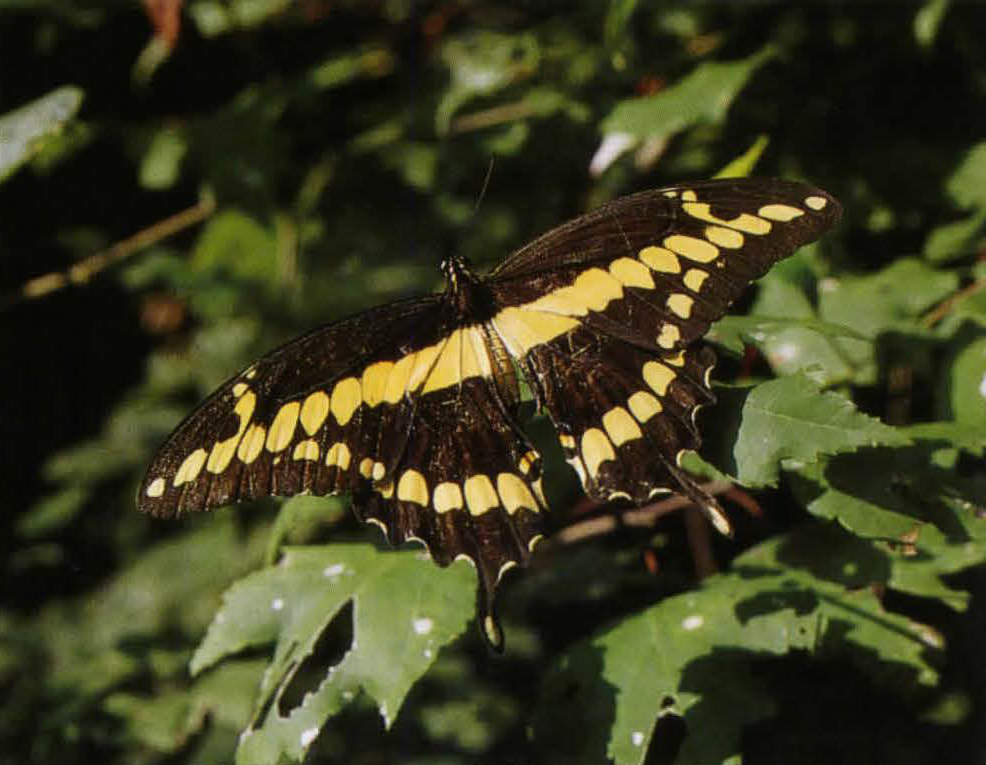
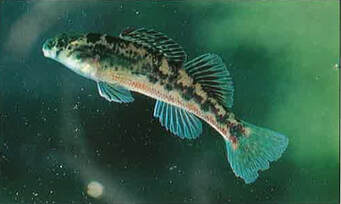
 RSS Feed
RSS Feed